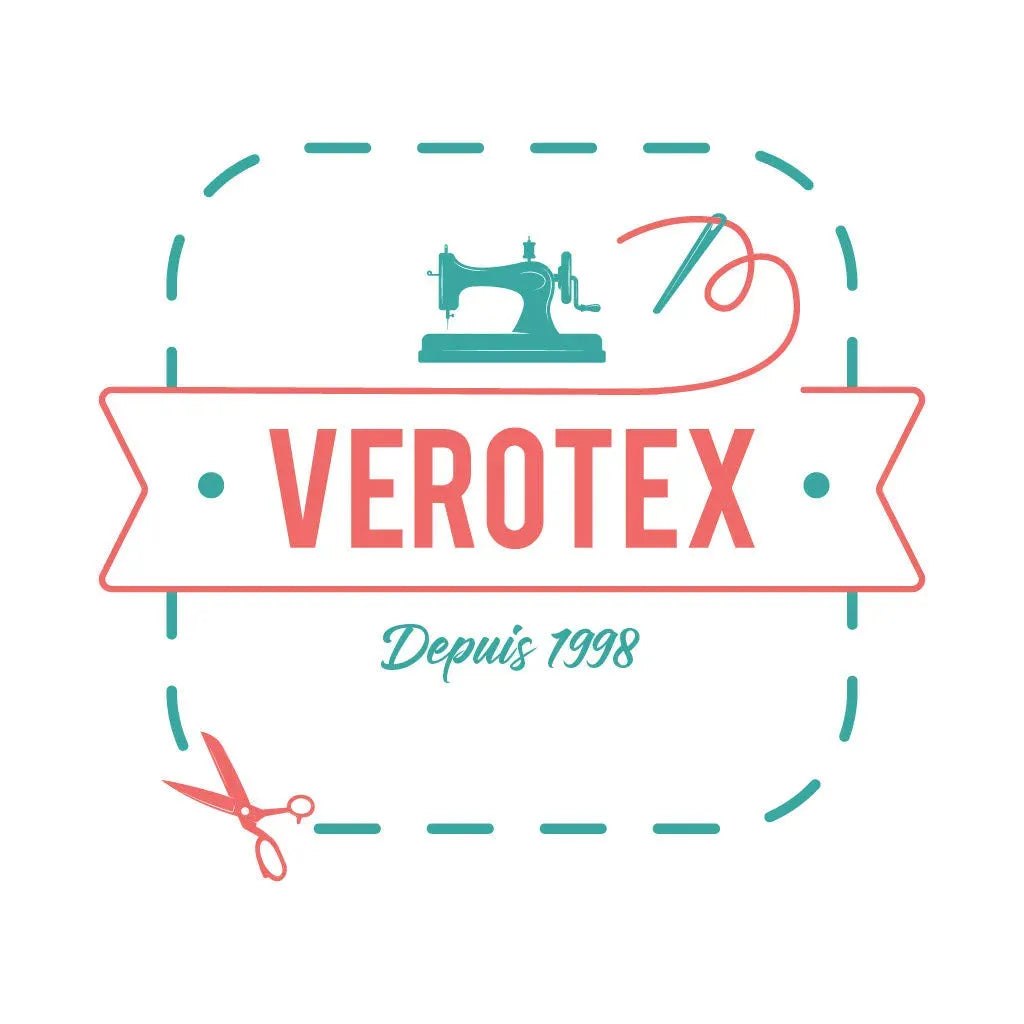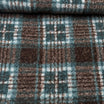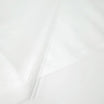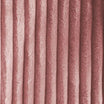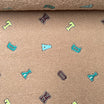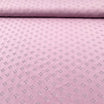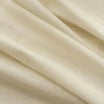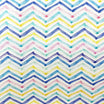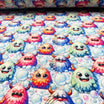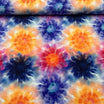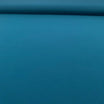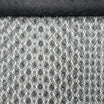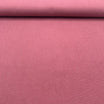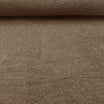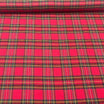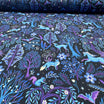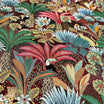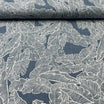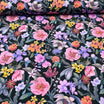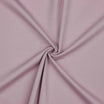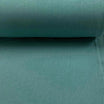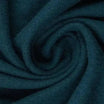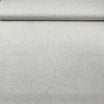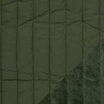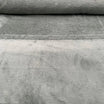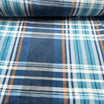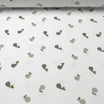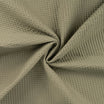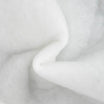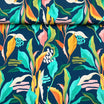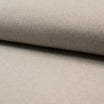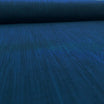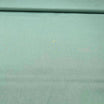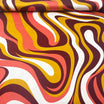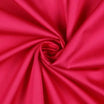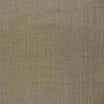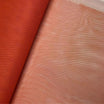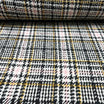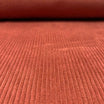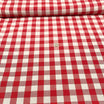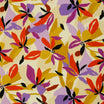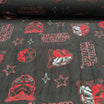Natural materials
Adventurer or simple naturophile.
Do you love feeling close to nature and having the impression of being in harmony with it? Discover now at Verotex our natural materials, cotton, linen, wool and viscose of exceptional quality with prices that will knock the leaves off the trees, for your future sunny sewing days on the terrace sewing your next linen shorts or in cotton for your grandchildren or warm during a rainy evening next to the wood fire and its pretty crackling sounds.

Cotton :
Cotton, one of the most used fabrics in the world for millennia, was discovered in Asia, then in the 1700s it appeared in Europe. Cotton is a plant fiber that surrounds a cotton shrub. When it blooms with its beautiful white or yellow flowers with five petals, the cotton finally appears like little balls and is ready to be harvested for your greatest pleasure in your future sewing. Mainly used for making t-shirts, washcloths, towels, you can "mistreat" it quite well. Cotton is a very flexible and robust fabric, it has several very beneficial characteristics, absorbency and therefore is extremely resistant to wear. Water, cotton also has other advantages, it has an insulating power and supports heat very well, it is a natural material. This is why it makes it the most used and sold fabric in the world.

Lin:
Flax is mainly made in Europe among our French neighbors in the region of Normandy and Picardy, where we find this light blue flowering plant cultivated for centuries. During the harvest there are different stages before the linen is used as fabrics, we must first extract the linen plant from the ground, then dry it for a few days, once completely dry we grind it to extract the precious material, linen fiber, which we will then weave to obtain our coveted fabric. A true thermal regulator, insulating in winter and breathable in summer, linen absorbs humidity, is antibacterial and hypoallergenic in nature. Linen generally lends itself to all uses.

Wool :
Wool is a material of animal origin, the shearing of the animal takes place in spring and generally only happens once a year. Once the shearing is finished we will sort and classify the different parts according to the quality of the wool, to then sort and carefully select the best parts of the wool will be cleaned and dried, unfortunately this is not finished it will then be necessary to untangle the wool This process is called carding. When this is finished you can dye it or leave it in its natural color. The last step is weaving to obtain your coveted and soft fabric. A true thermal insulator, wool is enough to keep you warm during long cold periods in winter.

Viscose:
Viscose or artificial silk is a vegetable textile, was created by two French people in 1884, to meet the demand for a fabric similar to silk, but which is more economical to produce, viscose is a mixture of cellulose carbohydrate which mainly constitutes wood or other plants and collodion which makes it possible to replace the use of silkworms, an insect used in the manufacture of silk. The properties of viscose are similar to those of cotton, resistant and absorbent. However, the process gives it a more silky and fluid appearance than cotton.
